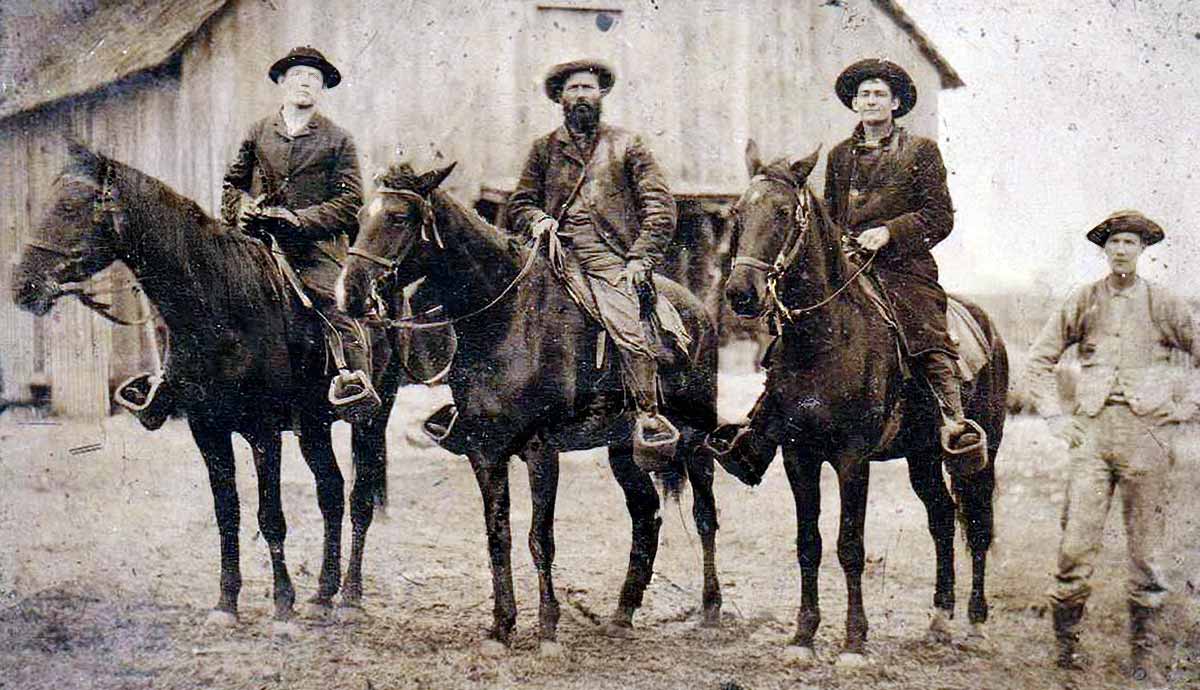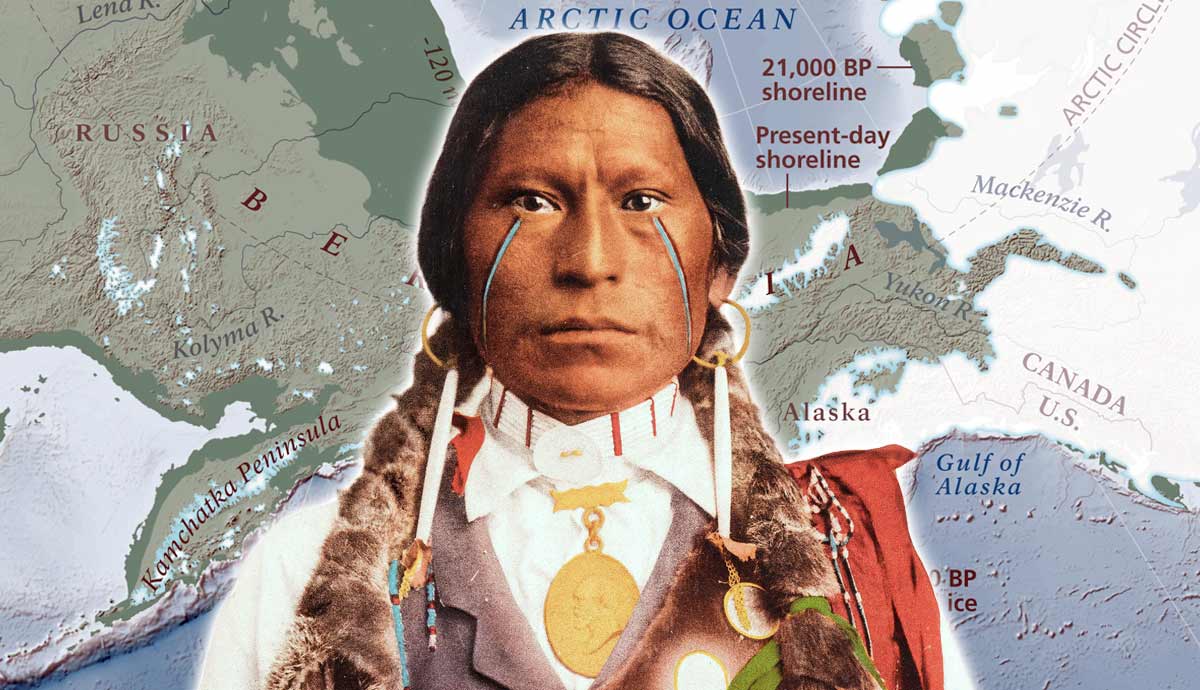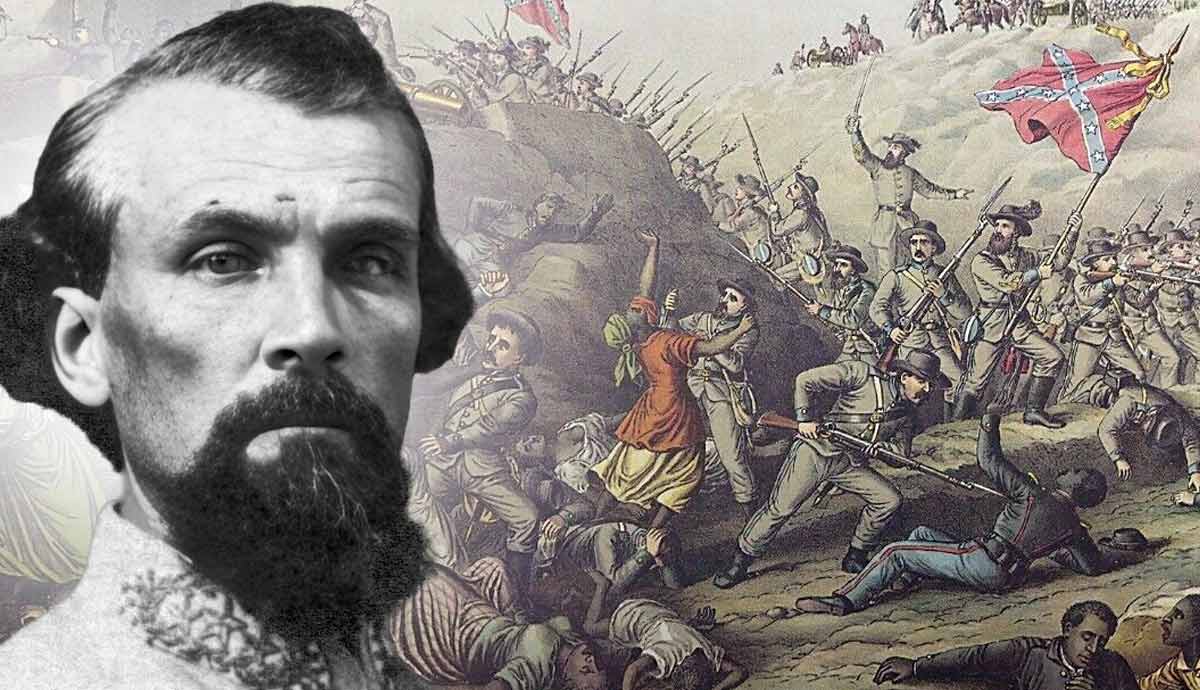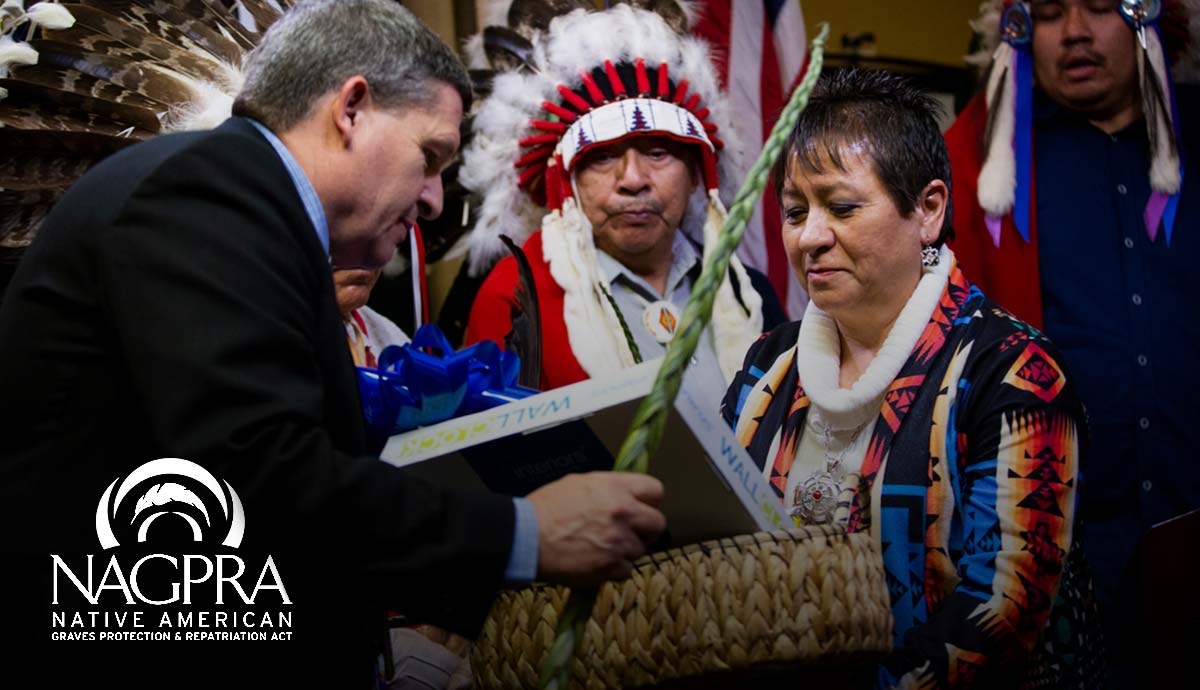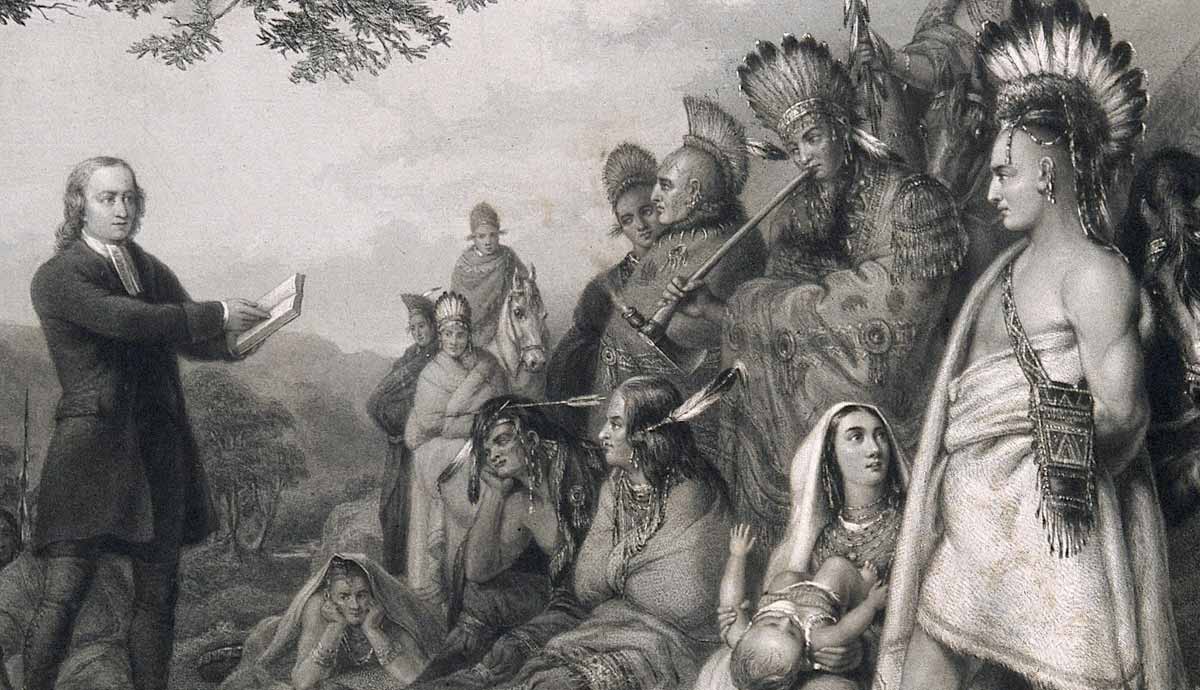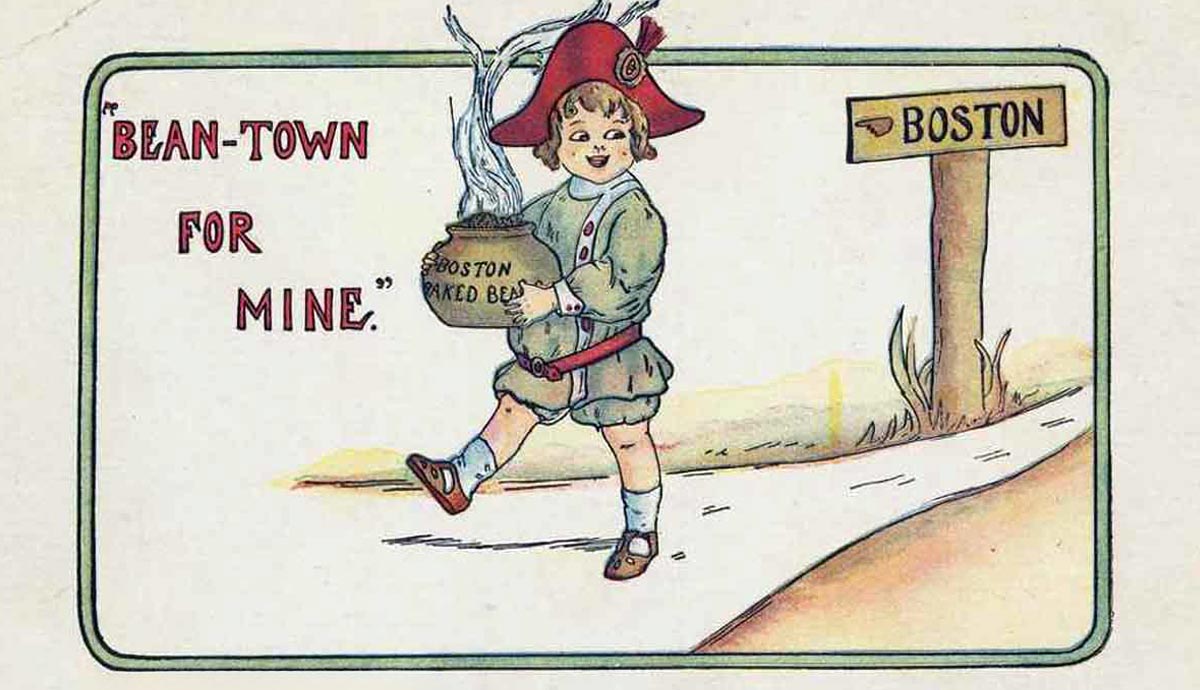
Boston started life in 1630, founded by English Puritans. Like the Pilgrims ten years prior, they fled religious persecution in Britain. With its superb anchorage, Boston Harbor afforded easy access to international trade, particularly the slave trade. This oddly influenced the city’s future nickname as Beantown.
Beantown: Where It Started

The use of beans in Massachusetts Bay Colony started a few miles south. The Plymouth Colony, founded in 1620, made use of beans first. Beans were already part of the Native tribe’s diet, along with corn, squash, and other vegetables. Beans got planted together, along with corn and squash. In what could be seen as a precursor, Native tribes around the time the Pilgrims arrived would dig a pit, lining it with rocks to cook.
After lighting a fire to heat the rocks, stone pots filled with beans, bear fat, and maple sugar were dropped. These would slowly bake until done. The newly arrived colonists took this up, too, occasionally using substitutes. This dish type was cheap, easy to make, and nutritious, and it became one way Boston earned the nickname Beantown.
The Triangular Trade

One key ingredient that changed by the 1700s was commerce. Molasses were substituted for maple sugar in baked beans, but only because it was a byproduct of distilling rum. The slave trade, begun by the Spanish and Portuguese two centuries earlier, included the American colonies soon enough.
Though this trade never kept a regular cycle, the first leg left Europe heading for Africa with manufactured goods like guns, copper, rum, and more. In return, the Africans sold slaves to the merchants who sailed to the West Indies or Brazil. To maximize profit, the merchants packed the slaves in.
Next, the traders brought cane sugar to Boston to make rum, the colonies’ most popular alcoholic beverage. The distilleries used the sugar for rum, which was used for local consumption or shipped to Europe.
The dark molasses left over was used to make baked beans, replacing the maple sugar. This evolved into a new recipe, creating an original bean recipe for Boston. A wedge of pork fat was sometimes added for flavor. Adding to Boston’s baked bean difference came from the beans. Small white beans called navy beans were used. Legend has it that sailors on the route started calling Boston “Beantown.”
The Civil War and Beans

The American Civil War broke out in 1861, bringing the need to feed massive armies. And the lowly bean came to the rescue. Their long shelf life, nutritious value, and ease of cooking made them ideal for army (and navy) supplies.
Sutlers, or civilian provisioners, sold beans as they traveled behind the Union armies. When bivouacked, soldiers often prepared the cooking pits the night before so a hot meal awaited the next day. After a day of fighting or marching, cooking may be the last chore a soldier wants to do. Also, beans provided a welcome break from salted pork and hard tack, a dry, tasteless biscuit.
So the Boston baked beans recipe added to Boston’s reputation as America’s Beantown as hungry soldiers chomped down on molasses and pork-enriched beans.
Marketing and Gimmicks

After the Civil War ended in 1865, the former soldiers formed veterans groups. The Grand Army of the Republic became the largest for the Union soldiers, with “posts” springing up nationwide. These veteran groups reminisced about battles or their service time together. Or the food they ate. And Beantown capitalized on that.
Boston hosted the 1897 and 1907 Grand Army reunions and played up its Beantown reputation. Boston and various companies created marketing and promotional items to commemorate the reunions. The above postcard featured a slogan to help those remember their trips.
The Beverly Grand Army post in 1897 cleverly cashed in. They hired the Beverly Pottery company to create thousands of small beanpots with ribbons, and the company’s name emblazoned on the pot. Other marketing included posters and stickers.
Modern Bean Town

Boston’s Beantown nickname stuck, even as the years rolled on. Other organizations took the nickname as their own. In 1958, four major Boston college hockey teams began competing for the “Beanpot.” Although 1958 coined the official term, the official Beanpot came from 1952. An organizer bought a silver bean pot to be the tournament’s trophy. Boston’s Beantown reputation started with the lowly white bean, molasses, and pork fat, yet a simple recipe became intertwined with Boston’s historical reputation.


